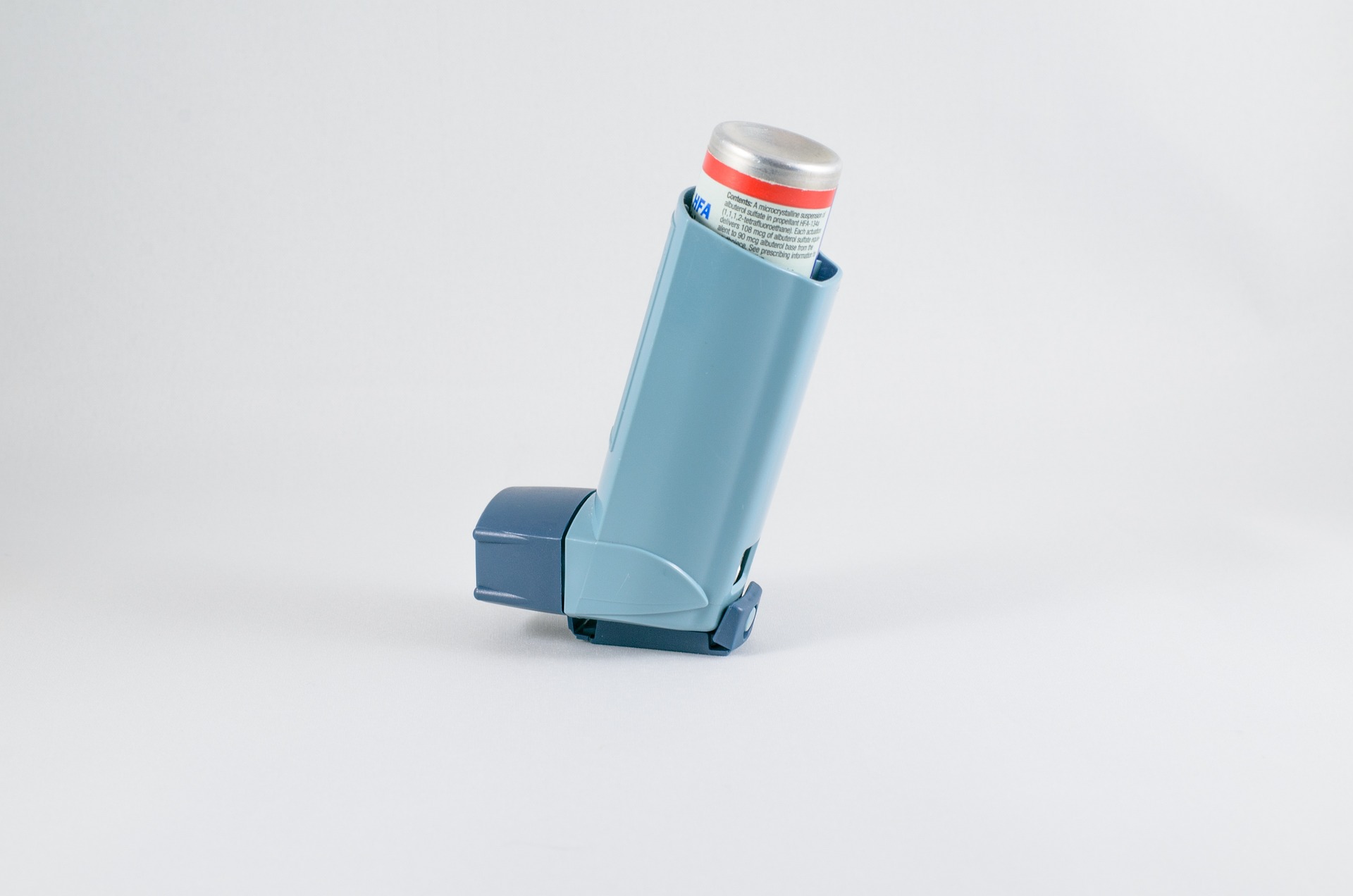Current Approaches to Asthma Treatment and Specialist Care
Asthma treatment varies depending on the patient’s age, symptom severity, and individual response to therapy. From pediatric inpatient care to long-term control strategies, effective management often combines medical guidance with personalized treatment plans. This article outlines current approaches to asthma care, including quick-relief and preventive treatments, the role of specialists, and alternative practices such as traditional Chinese medicine and homeopathy. It also highlights considerations for severe or difficult-to-treat asthma, helping patients and caregivers understand available options for relief and control.

Current Medical Treatments for Asthma
Today’s asthma treatment protocols typically follow a stepwise approach based on symptom frequency and severity. The cornerstone of modern pharmacological management includes inhaled corticosteroids to reduce airway inflammation, long-acting beta-agonists (LABAs) that help keep airways open, and combination medications that deliver both in a single inhaler. For patients with specific inflammatory patterns, biologics like anti-immunoglobulin E (IgE) antibodies (omalizumab), anti-interleukin 5 agents (mepolizumab, reslizumab), and anti-interleukin 4 receptor antagonists (dupilumab) have revolutionized treatment for severe asthma by targeting specific molecular pathways involved in the inflammatory response. These newer medications have shown remarkable efficacy in reducing exacerbations and improving quality of life for patients whose asthma was previously difficult to control with conventional medications.
Long-Term Control and Quick-Relief Strategies
Effective asthma management requires both long-term control medications and quick-relief (rescue) medications. Long-term control medications are taken daily to maintain symptom control and prevent asthma attacks. These include inhaled corticosteroids, leukotriene modifiers, long-acting beta-agonists, theophylline, and biologics for severe asthma. Quick-relief medications, on the other hand, provide immediate relief during an asthma attack or before anticipated exposure to known triggers. Short-acting beta-agonists like albuterol are the most common rescue medications, working within minutes to relax airway muscles. Recent guidelines have moved away from using short-acting beta-agonists alone, instead recommending combination inhalers containing both a corticosteroid and a bronchodilator for more effective symptom management and to address the underlying inflammation that contributes to symptoms.
Inpatient Asthma Care for Children
When asthma symptoms become severe or life-threatening, hospitalization may be necessary, particularly for children. Inpatient asthma care for children involves intensive monitoring, frequent administration of breathing treatments, intravenous medications, and oxygen therapy when needed. Hospital teams typically include pediatric pulmonologists, respiratory therapists, nurses specialized in respiratory care, and sometimes allergists. During hospitalization, healthcare providers work to stabilize acute symptoms while simultaneously identifying triggers and developing a comprehensive discharge plan. This often includes education for both children and caregivers on proper inhaler technique, medication administration, early recognition of worsening symptoms, and environmental control measures. Research shows that structured inpatient education programs significantly reduce readmission rates and emergency department visits for pediatric asthma patients.
Alternative Approaches to Asthma Management
Beyond conventional medical treatments, many patients explore complementary approaches to manage their asthma symptoms. Breathing exercises, particularly those found in yoga and the Buteyko method, can help some patients improve their breathing patterns and reduce reliance on rescue medications. Dietary modifications focusing on anti-inflammatory foods and maintaining a healthy weight have shown some benefit in asthma control. Acupuncture has limited but promising evidence in helping some patients manage symptoms. Air purifiers and allergen-proof bedding can significantly reduce environmental triggers in the home. While these alternative approaches should not replace conventional medical treatment, they may serve as valuable adjuncts to a comprehensive asthma management plan when discussed with healthcare providers.
Specialist Care for Severe Asthma Cases
Approximately 5-10% of asthma patients have severe, difficult-to-control asthma that requires specialist intervention. These patients are typically referred to pulmonologists or allergist-immunologists who specialize in complex respiratory conditions. Specialist care often involves comprehensive evaluation including advanced pulmonary function testing, fraction of exhaled nitric oxide (FeNO) measurement, induced sputum analysis, bronchoscopy, and allergy testing to precisely characterize the patient’s asthma phenotype. This detailed assessment allows for personalized treatment plans that may include biologics targeting specific inflammatory pathways. Many specialist centers offer multidisciplinary care teams including respiratory nurses, pharmacists, physiotherapists, and psychologists to address all aspects of severe asthma management. For patients with severe, refractory asthma, bronchial thermoplasty—a procedure that reduces airway smooth muscle mass through controlled thermal energy—may be considered as a treatment option.
Managing Asthma Through Patient Education and Action Plans
A crucial component of effective asthma management is patient education and the development of personalized asthma action plans. These written plans provide clear instructions on daily medication use, how to recognize worsening symptoms, when to adjust medications, and when to seek emergency care. Studies consistently show that patients who use written action plans have better symptom control, fewer emergency visits, and improved quality of life. Modern asthma education also emphasizes the importance of proper inhaler technique—a factor that significantly impacts medication effectiveness. Digital health tools, including smartphone apps that track symptoms and medication use, smart inhalers that record usage patterns, and telemedicine options for remote consultations with specialists, are increasingly becoming part of comprehensive asthma management strategies, providing patients with greater agency in monitoring and controlling their condition.
This article is for informational purposes only and should not be considered medical advice. Please consult a qualified healthcare professional for personalized guidance and treatment.




